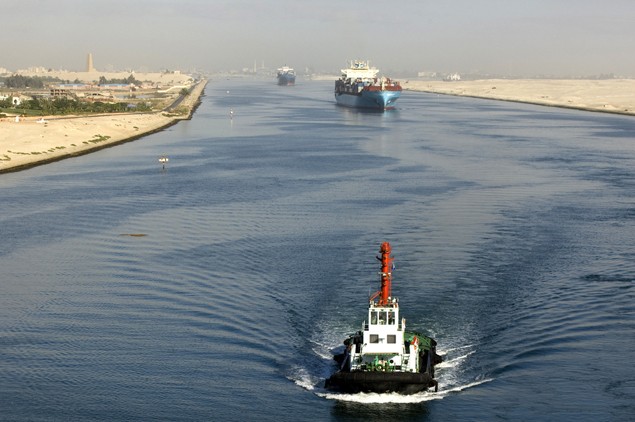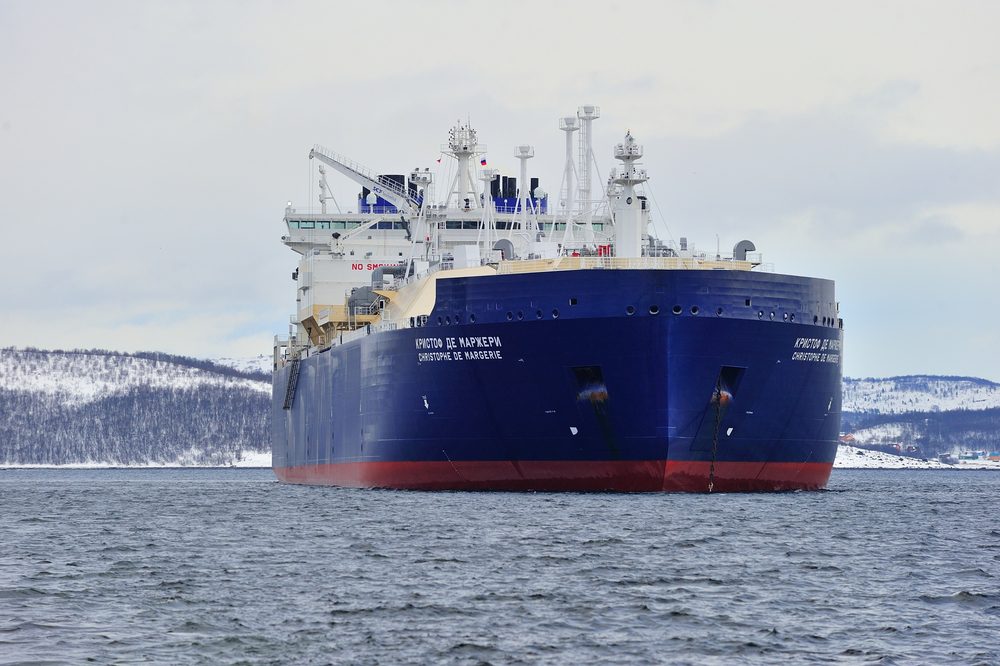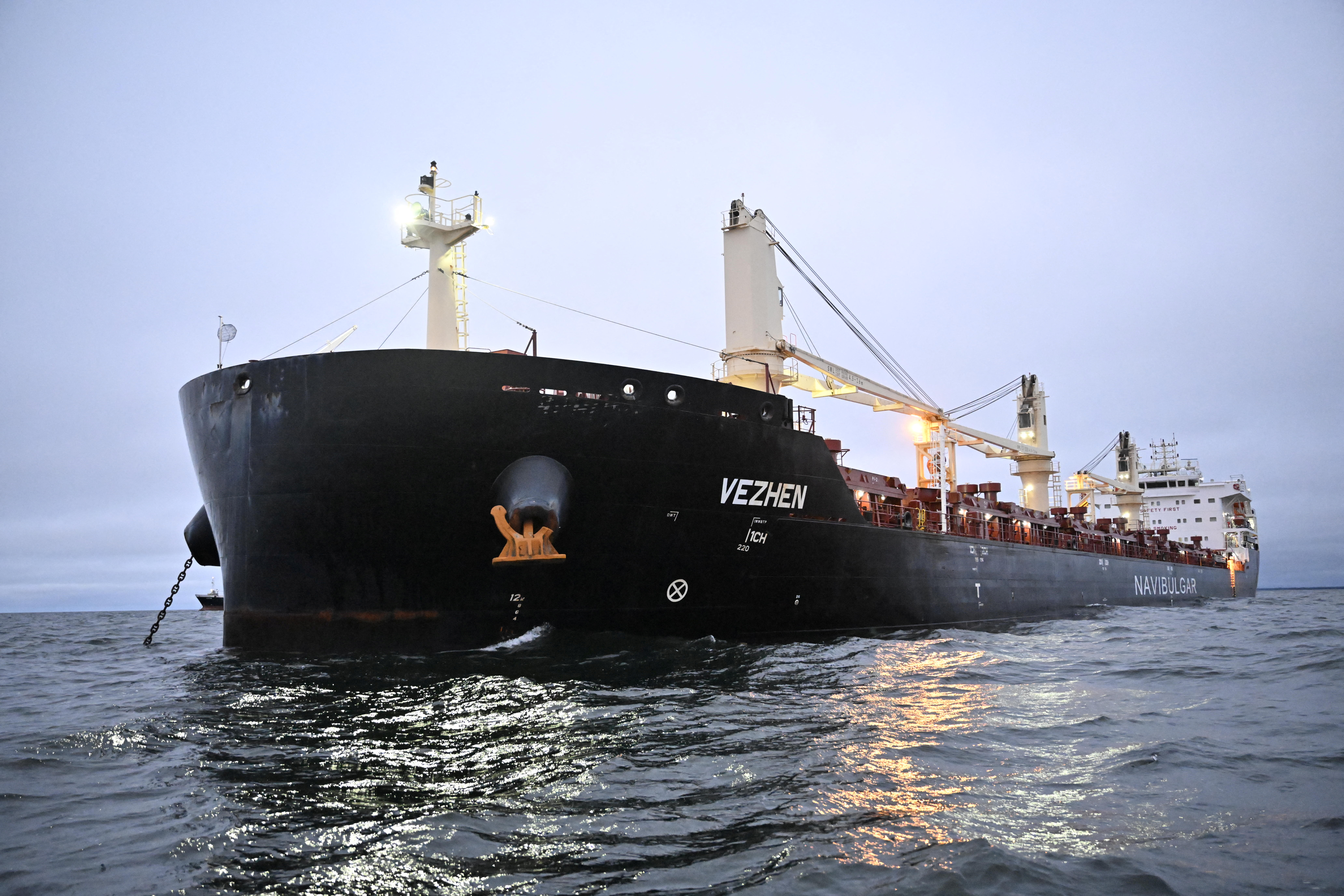Over 17,000 ships carried 928 million tons of cargo and almost 38 million TEUs through the Suez Canal in 2012. This man-made waterway is a critical artery in the global economy, permitting the shipment of cargo and commodities between key hubs in the Asia, Europe, and U.S. markets. The opening of the Suez Canal in 1869 was celebrated with good reason – it shortens the route from Asia to Europe by nearly 10,000 kilometers over the Cape of Good Hope transit.
The 1888 Convention of Constantinople mandated that the Canal may be used “in time of war as in time of peace, by every vessel of commerce or of war, without distinction of flag.” The Suez Canal, operated now by the Suez Canal Authority, has remained open through many conflicts, but has closed five times in the past. In the contemporary period, this includes two closures – a brief closure in 1956 during the ‘Suez Crisis’ and the eight-year closure from 1967 until 1975 as a result of Egypt-Israeli hostilities.
Yet as unrest continues in Egypt, there is an increasing concern over the canal falling victim to the ongoing internal strife. The chance of a closure is low; both sides understand how vital the route is to international commerce – and to the Egyptian economy. It remains a priority for the Egyptian government to keep the canal open for business. But, if the canal were to suddenly be closed, it would have an unprecedented impact on maritime commerce.
There are no good alternatives for commercial, military, or personal vessels to transit from the Mediterranean to the Indian Ocean and beyond. However, before the canal opened – or for vessels today that are too large for the canal – ships made the arduous transit south around Africa, often confronting severe weather and long transits. With the rise of pirate attacks well offshore in the Gulf of Guinea, this route is now even less appealing, though it does provide relief from piracy off the Horn of Africa.
While warming trends in the Arctic have led to speculation of a viable, shorter Northern Sea Route (NSR), this not a realistic near term option.
The NSR is in fact the shortest route from Europe to Asia – if it’s passable. But the route is subject to vast sub-seasonal variations and often requires icebreaker support even in the ‘open water’ period consisting of 1-2 months in the late summer. This, in turn, restricts the size of vessel, limiting the amount of cargo that can be transported and raising the cost per TEU.

Further, the NSR requires permits and fees paid to the Russian operators of the route. While ships can and are transiting, the number is still a tiny fraction of those going through the Suez. Last year 46 ships transited the NSR, up from only 4 in 2010.
Ships transiting must also be prepared to confront weather delays and shifting routes – not a predictable, timely route that the global supply chain demands. A commercial vessel looking to transit the NSR vice the Suez now may not make it out before the route becomes impassable.
Weather delays and extra transit time will cost commercial shipping immensely. With the advent of the ‘just in time’ supply model, global trade demands reliable shipping operating on predictable schedules. Increasing vessel speeds, utilizing excess vessel capacity, or even utilizing overland transits may help alleviate the loss of the Suez Canal route, but would still wreck havoc on short term production and disrupt the flow of goods to global markets.

 Join The Club
Join The Club












